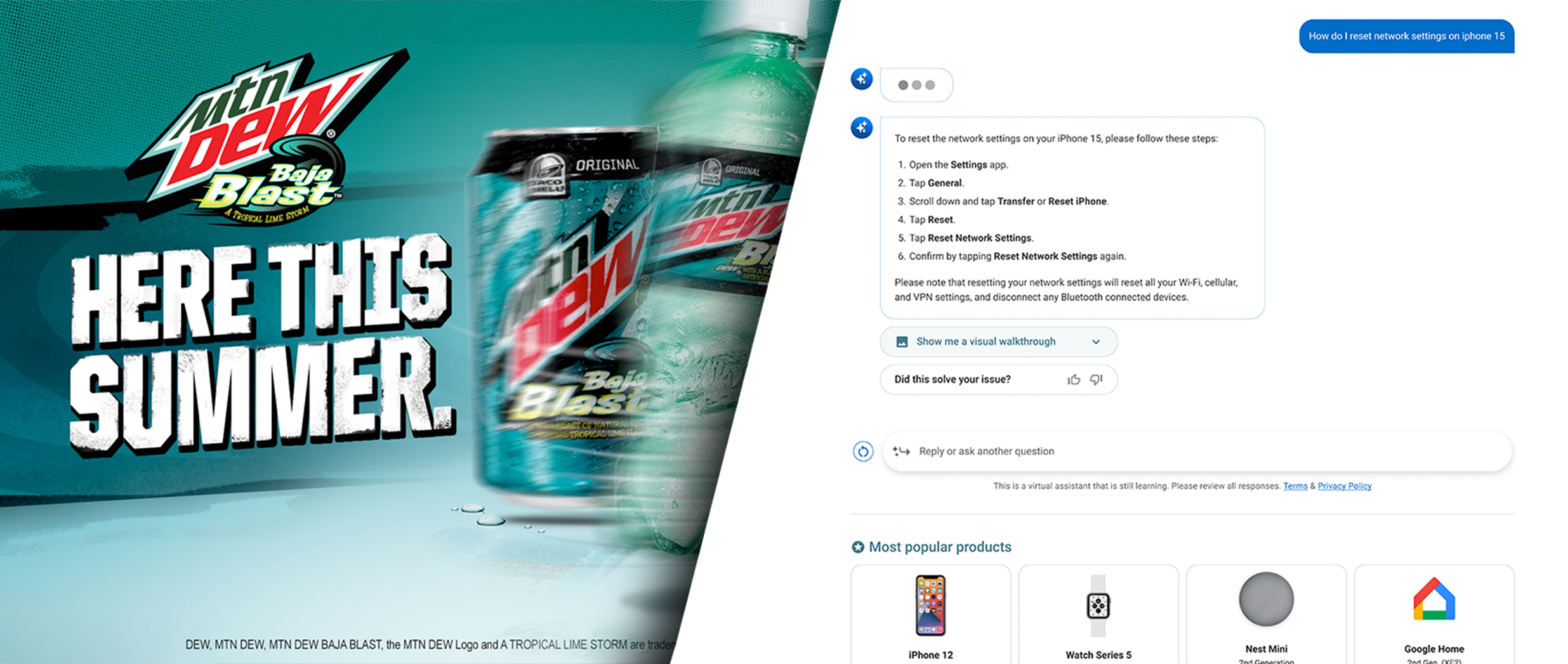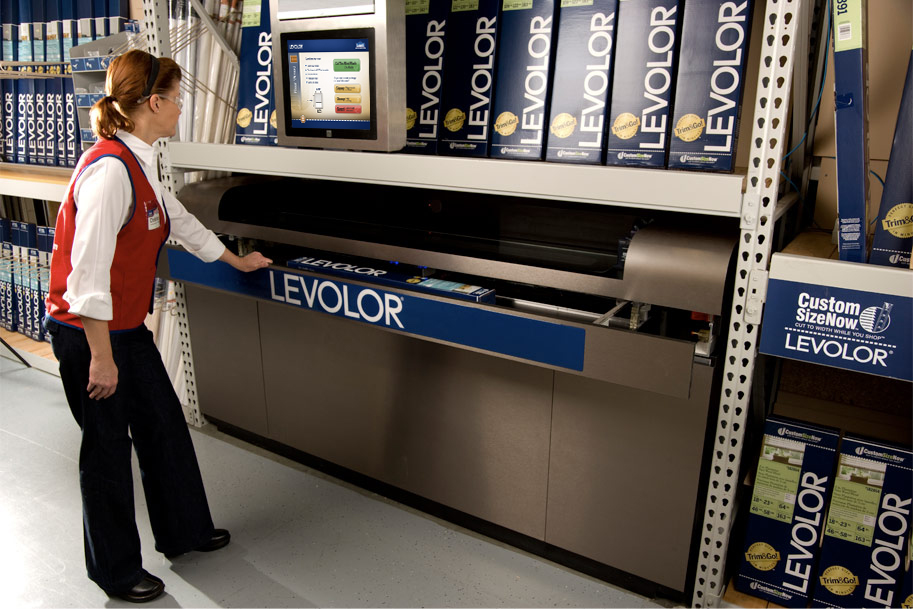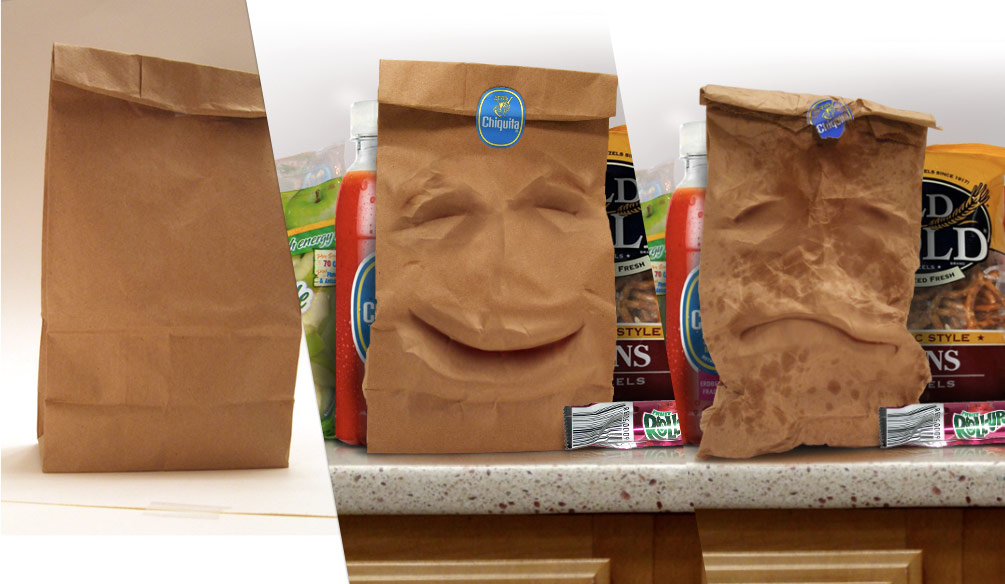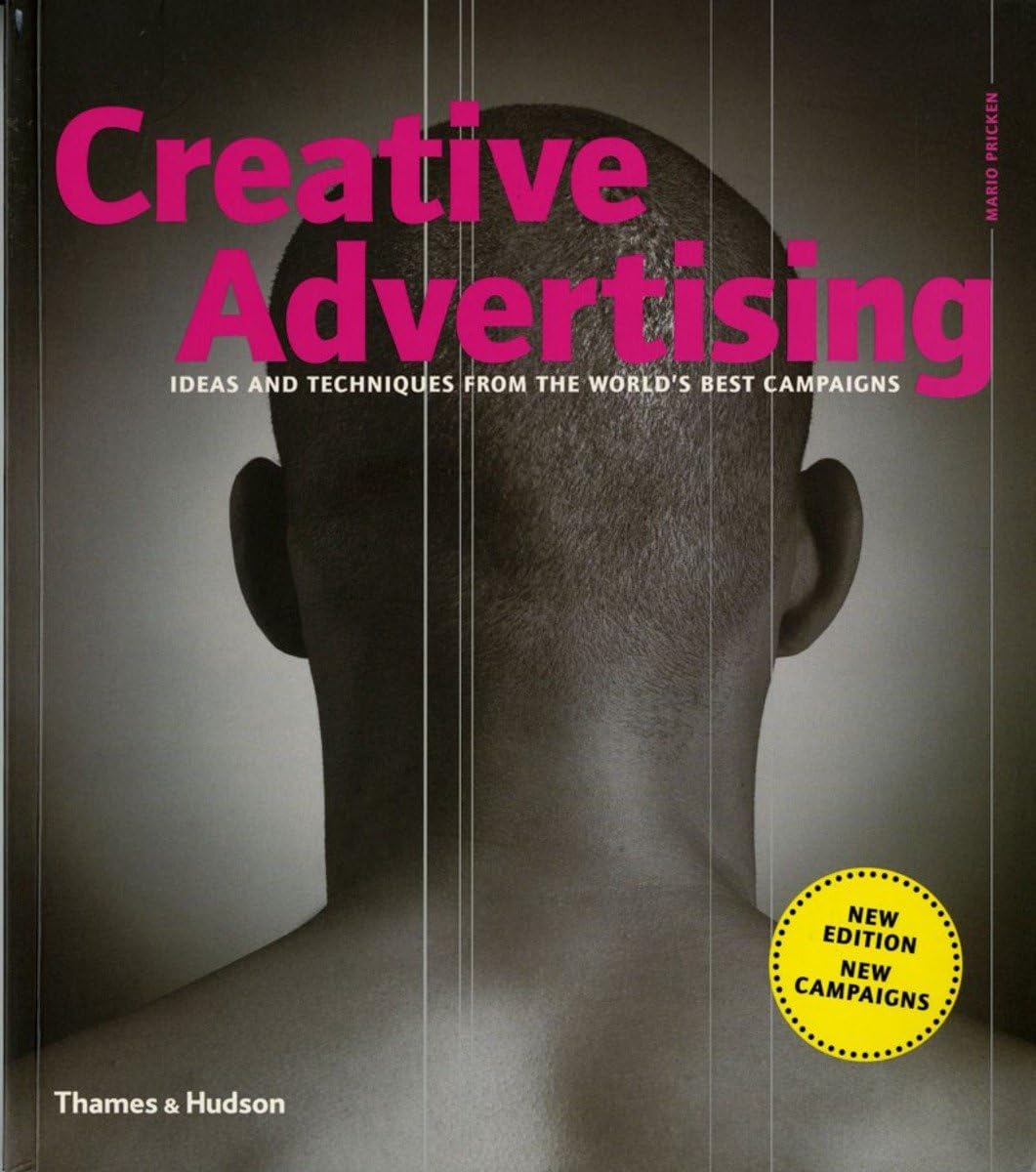
Not a Pivot — An Evolution:
My journey from Advertising to Product

Great teams come from diverse experience
One of the great privileges of leading and building teams in Product Design is witnessing how this discipline draws talent from such a wide range of backgrounds.
I’ve been fortunate to devote the last ten years of my career towards software and product design. Many of us, myself included, began in graphic design. But over the years, in hiring and mentoring across UX and Product Design, I’ve been consistently inspired by how diverse the paths into this field can be. I’ve worked with individuals who started in psychology, therapy, marketing—even finance. That kind of diversity doesn’t just make for interesting conversations; it strengthens teams. It leads to more nuanced thinking, better collaboration, and ultimately, better products.
These unique career experiences make for some of my favorite people to work with and interact with - thoughtful, considerate, innovative, passionate and maybe most importantly, they’re open to learning new things. At one point, I led a team that jokingly referred to itself as the “land of misfit toys.” It was a great team of creative and empathetic designers — precisely because of those unconventional paths. That experience began cementing something I believe deeply now after working in product for ten years: great product designers often emerge from the edges, where disciplines overlap and perspectives multiply The role is fundamentally about understanding people, solving problems, and building thoughtful, scalable solutions.

From Graphic Design, I found Advertising
My own career began in graphic design, but early on, I was drawn to advertising because I loved telling stories. That led me to advertising — a world where speed, pressure, and ideas reigned. I discovered a love for emotional engagement, working under constraints, and finding ways to make meaning quickly.
In particular, I found my strength within Advertising thinking about and executing interactive experiences. I was and still am, fascinated by how humans interact with design. This often led to an “Interactive” designation with my Art Direction titles. Within agencies, designers, copywriters and art directors were all collectively referred to as Creatives. As Creatives, we brainstormed, pitched and executed - driving campaigns from idea to implementation. Being a Creative within an agency felt like you were a member of the Avengers.

UX wasn't a thing yet
Earlier in my career, UX and Product Design weren’t really mainstream roles as they are today. As I often gravitated toward the interactive side of campaigns, we often found ourselves developing UX practices before UX and product design were widely understood.
I remember one early project that involved designing a touchscreen interface for a machine that cut custom blinds in big-box retail stores. It was tactile, technical work — writing JavaScript that moved motors and blades behind a touchscreen interface. I LOVED the digital-to-physical relationship. I remember thinking: this is it. I wasn’t just designing for attention anymore; I was designing for utility, for action, for systems.
Projects like this led me to pursue a Master’s in Interactive Design early in my career — not just to deepen my craft, but to solidify my focus.

Ideation is a muscle
I loved working long hours, building pitches that stretched out from wild ideas. An early campaign that still stands out to me was a pitch for a healthy snack line under the Chiquita brand. We led with a quirky, character-driven concept that was weird, very human — and it won us the business. I envisioned a campaign character, a brown bag lunch, who was literally impacted by the food contained within. In other words - Baggy Marón looked healthy and happy when these snacks were packed and sad and crusty when it was full of junk!
Advertising was fast-paced and high-stakes. At times, it felt like I was training for an idea-thon — trying each day to outpace my last brainstorm. I enjoyed the competition among my fellow Art Directors. That environment pushed me to become a faster, sharper designer and a more practiced ideator. I loved winning. In many ways, it taught me how to tell compelling stories and how to design with clarity under pressure.
Even today, when I’m actively brainstorming new product ideas or directions, I still return to a book a former advertising mentor gave me: Creative Advertising. To be fair - it's very advertising-oriented, but there are some great brainstorming tactics in here to get freed up when the ideas dry up.
One approach I loved - and still do - is thinking about the opposite effect or outcome than what you actually desire from an idea. Thinking about use cases and how software can deliver a user to success is kind of interesting to flip on its head and explore creatively. What would I do to cause a user to fail? Or become uncomfortable? Obviously it's nothing we actually want to achieve, but again, if you’re stuck - sometimes exploring the inverse can be a fruitful endeavor.

Advertising is all about the glory
Advertising was fun. Designers were the heroes. Ideas led to glory - winning pitches and awards. But over time, I started to want more than the short-term rush of a campaign. I wanted to solve real problems, not just communicate around them.
That’s when I made the move into software and product. I wanted to build for longevity, for people, for outcomes. The switch wasn’t easy. In fact, at times it was very uncomfortable. At this time, Design was often a facet of Engineering orgs. Designers weren’t known as Creatives and we weren’t always the heroes anymore. But, the problems were bigger and more complex. And the solutions were for users - to be more efficient at something, to achieve a goal or complete a task.
As I switched, I stepped into leading a team of UX Designers in a custom software shop. Early on, I focused on building a strong Discovery practice. Not just because it's a good process — but because I believed (and still do) that deeply understanding users and stakeholders early leads to better decisions later. It wasn’t about documentation. It was about reducing risk, increasing confidence, and designing smarter.

Reframing design in a software-product world
In product, design doesn’t sit at the center — it sits at the table, alongside engineering and product management. It’s a collaborative function, not a solo act. (this isn't always true but it should be...) I had to redefine what “creative leadership” meant. I had to adjust my perspective and find a space where creativity existed in software — while at the same time, embracing systems thinking, collaboration, and iteration. It wasn't about the “big idea” anymore; it was about shipping, learning, refining, and scaling.
That was a turning point in how I thought about leadership. It became more about creatively solving problems and more about shaping the system. Creating conditions for great work to happen. In product, creativity still matters — but so does clarity, iteration, and trust. I personally believe it's still ok to chase perfection, but only while solving for outcomes. You’re learning fast and evolving constantly.
Product leadership forced me to grow. I had to learn how to influence roadmaps, advocate for users in technical conversations, and lead with outcomes instead of output. Since shifting from advertising ten years ago I’ve built and scaled cross-functional teams, contributed to business strategy, and learned to embrace ambiguity as a catalyst for innovation.

Design advocacy is a part of the job
Advertising also gave me a deep passion for design advocacy. I’m fortunate to now work in an organization where design holds strategic influence — but that wasn’t always the case. I've learned to build trust by showing that user needs and business goals aren't at odds; in fact, they often align beautifully.
The skills I built in advertising — pitching, storytelling, finding emotional resonance — still serve me today. Especially in vision work. I encourage my teams to bring current insights into prototyping future states, to imagine what's possible, to articulate not just what we’re building but emphatically and dramatically why. We frame our ideas around value and impact — not just delight. That practice is rooted in my agency past, but the purpose has evolved: it’s no longer about campaigns. It’s about sustained, meaningful product experiences.

In summary
Making the leap from advertising to product wasn’t a pivot — it was an evolution.
That evolution helped me grow from not only shaping messages, but to shaping systems. From chasing engagement to delivering meaningful value. And it’s a path I’m still walking — with curiosity, intention, and a belief that great design begins where disciplines intersect.
Have you made a similar move into product design from another field? Or led teams with unconventional paths? I’d love to hear your story. Connect with me on LinkedIn.


